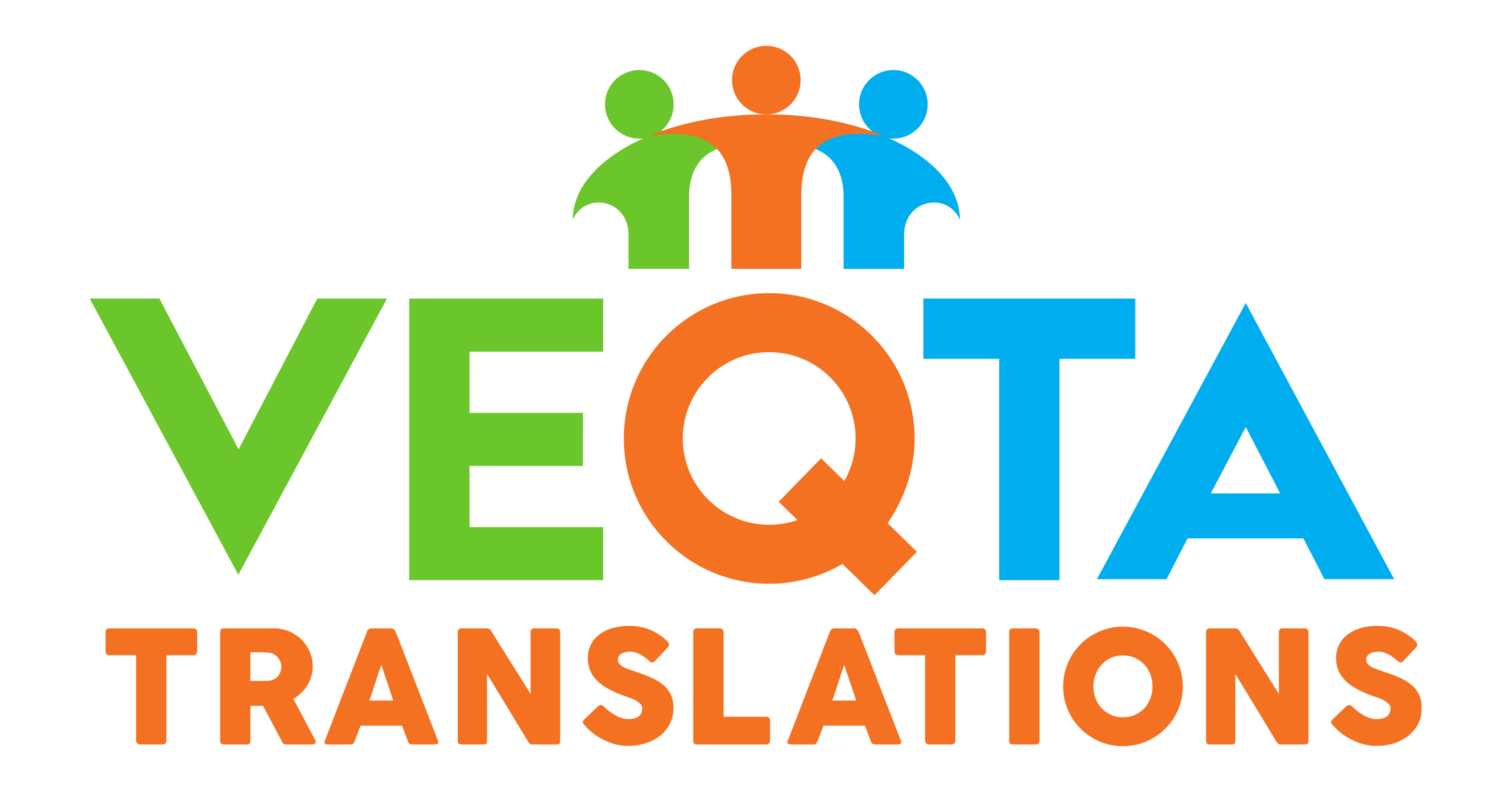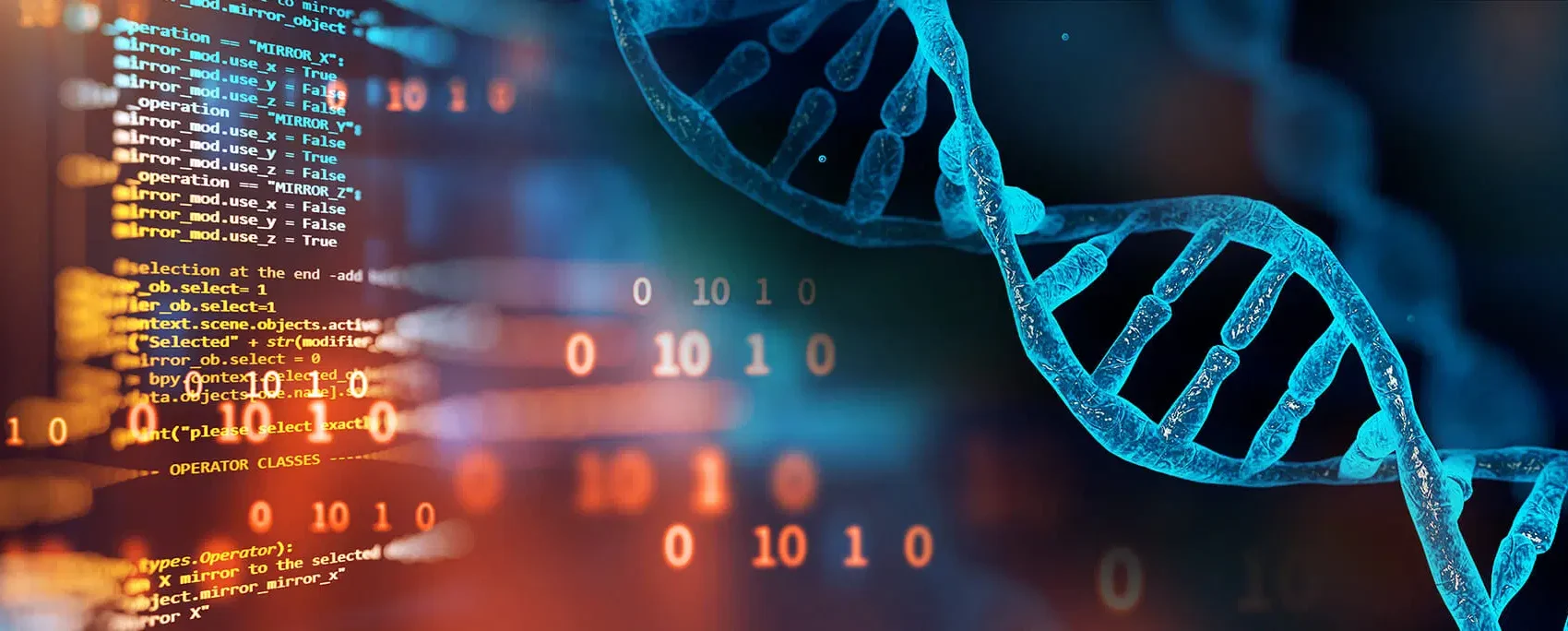Biocomputing—a frontier technology that merges human brain cells with electronic circuits—is pushing the boundaries of what computers can do.
Pioneering companies like Cortical Labs and FinalSpark are leading efforts to create hybrid biological-silicon systems that could redefine the future of computing. While much attention has focused on scientific and AI applications, this article explores how biocomputing may one day revolutionize the localization industry and reshape how we handle languages in global communication.
Biocomputing and Localization
Unlike traditional silicon-based systems, biocomputers use brain organoids—miniaturized, lab-grown human brain tissue—to perform computations in a highly efficient and adaptive way. This flexibility could dramatically influence the future of localization, especially in:
- Real-time multilingual translation with higher fluency
- Understanding language context, slang, and idioms across dialects
- Emotionally nuanced communication, improving tone accuracy
- Supporting low-resource and endangered languages, often overlooked by conventional AI models
As these biological systems learn and adapt like human brains, they could vastly improve how we localize content for different linguistic and cultural contexts, offering more personalized, culturally intelligent output.
Language Impact: Unlocking the Next Era
The localization industry has traditionally been driven by rule-based systems, machine translation, and neural networks. However, despite major strides, current AI often struggles with:
- Tonal nuances in languages like Japanese, Thai, or Korean
- Gendered language variations in Arabic, Hebrew, and French
- Dialectal diversity in languages like Spanish, Chinese, and Hindi
Biocomputers could change this by learning how native speakers interpret meaning and emotion in real time. Imagine a biocomputer that doesn’t just translate Mandarin to English, but understands regional variations like Taiwanese Mandarin vs. Mainland Mandarin—and localizes accordingly.
Case Studies: CL1 and FinalSpark’s Living Computer
- Cortical Labs developed CL1, a biocomputer that integrates lab-grown neurons with silicon chips. These neurons can send and receive signals, forming a system that learns, responds, and adapts. CL1 is already demonstrating basic learning and could one day handle multilingual cognitive tasks.
- FinalSpark, a Swiss startup, developed a “living computer” powered by 16 brain-like tissue samples. Their model promises ultra-low energy use with dynamic learning potential—ideal for future language processing systems operating in real time across global platforms.
These developments could help language technology platforms become more intuitive, bridging the gap between machine logic and human expression in hundreds of languages.
Ethical Considerations
As with all powerful technologies, biocomputing raises deep ethical questions. Using cultivated human neurons for computational purposes—especially in nonmedical settings—prompts concerns such as:
- Could organoids develop consciousness or sentience?
- Is it ethical to use living tissue for commercial or linguistic computation?
- What global standards and cultural perspectives must be included in regulation?
Researchers are working with ethicists, philosophers, and cultural experts to establish frameworks for responsible innovation. Regulatory oversight will be key to building trust and ensuring that these advances respect both scientific boundaries and societal values.
Conclusion
Biocomputing could mark a turning point in how we interact with languages, cultures, and each other. By enabling machines to “think” more like humans, it has the potential to elevate localization into an era of unprecedented depth and nuance. With the ability to adapt in real time, understand emotional tone, and respect linguistic diversity, biocomputing may not just support translation—it may help preserve and empower global communication across all languages.


